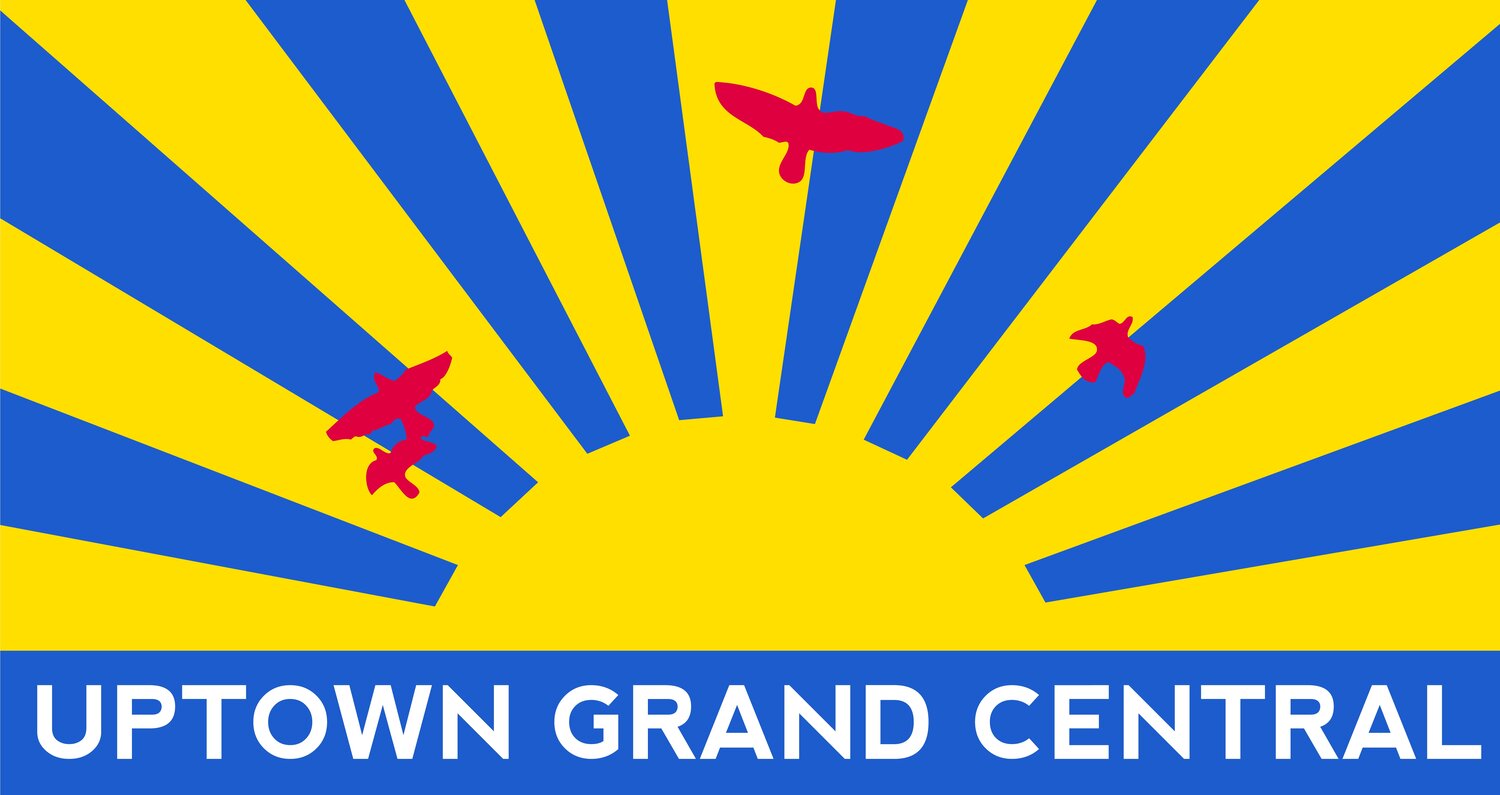CRAIN’S
By Caroline Spivack
An arts initiative at the nexus of improving public space and creating new platforms for smaller arts organizations will roll out across the five boroughs during the summer.
The Design Trust for Public Space, in partnership with architecture firm SITU, will launch Turnout NYC, a program that will work with community groups to transform five underused outdoor spaces into venues with programming to support artists, particularly those who are historically marginalized.
The venture, funded by a $2 million grant from the Andrew W. Mellon Foundation, aims to help small organizations in recovery from the pandemic produce public programming while simultaneously expanding arts access to underserved neighborhoods.
“We really see this as a way to reach communities that don't have a large performing arts center, or not as many,” said Matthew Clarke, the executive director of the Design Trust for Public Space, “to allow particularly small- and medium- size organizations and artists to perform in a much more ad hoc way — to be able to meet the public more flexibly, to take risks in a way that couldn't be done otherwise — and to just invest more in the arts.”
The project, which has been in development for nearly two years, was borne out of conversations from daily Culture@3 calls in the early days of the pandemic, where arts institutions would assess the damage to the industry and brainstorm solutions. The idea was to develop easy-to-assemble infrastructure — stages, seating, signage and the like — that could be used by artists and cultural groups to publicly perform in neighborhoods with limited arts access.
To that end, SITU has created what Basar Girit, a partner at the firm, calls a kit-of-parts, or mobile infrastructure that can be used to convert barren streets into customizable event spaces.
One organization in each borough — Uptown Grand Central in Manhattan, the Point Community Development Corporation in the Bronx, the Brownsville Community Justice Center in Brooklyn, the Queensboro Dance Festival in Queens and the Alice Austen House Museum on Staten Island — will each steward an outdoor space at or near its organization. Staff there will be taught how to assemble and reconfigure the kits.
The effort will launch in June with a kit at the Brownsville center; a separate kit will circulate to the remaining sites in monthly intervals.
Dozens of conversations with local arts and community groups, Girit said, informed the equipment’s design. “It’s not something that will require a trained production crew to come in,” he said. “We wanted to make everything really simple, easy to use and durable.”
Each local group will serve as a sort of clearinghouse in curating free programming at its respective space with funds provided through Turnout NYC, Clarke said. The goal is to host up to 200 events, featuring an estimated 1,500 artists by the end of the summer.
What that looks like will vary space by space, with a mix of mediums, events and workshops. That work will also be guided by an advisory committee of city cultural leaders, including Taryn Sacramone, executive director of Queens Theatre, and Sade Lythcott, CEO of the National Black Theatre.
In Harlem, the National Black Theatre will work closely with Uptown Grand Central to build out programming for a formerly neglected space turned public plaza they maintain under the Metro-North Railroad tracks at 125th Street and Park Avenue.
Carey King, the executive director of the partnership, which up until recently was the New Harlem East Merchants Association, said the group’s month of programming would center on the theme of community care.
The plaza is tricky to program, as it has the consistent rumble of trains passing overhead, King said. So the forthcoming performances will tailor their events to work around the unique constraints of the space. In one event the National Black Theatre plans to use noise-canceling headphones. A full roster of performances is in the works and will be hammered out in the coming weeks, King said.
“If there’s anything good that’s come out of the pandemic, it's these new ways of thinking,” she said, “and these new ways of crossing things that used to be boundaries that are no longer boundaries but that are possibilities.”
Clarke said the summer would serve as a pilot for Turnout NYC. The Design Trust and SITU will work to fine-tune the effort for future seasons, and they hope it serves as a blueprint for others.
“That is the point and goal of this work—to open up those opportunities to those who don't have them,” Clarke said. “We're going to learn every step of the way: Did this work? Was this strategy effective? How could it be improved? We’ll be really, really focused on that going forward.”
Artists and organizations interested in participating in Turnout NYC can inquire here: https://www.turnoutnyc.org.

